Samus Aran has always been one of the most interesting characters in gaming. Almost universally beloved, she is brave, strong, and clad in some of the most iconic armor ever seen in the form of her fantastic Power Suit. She was one of the first prominent female heroes in the medium, and she continues to stomp faces into the dirt nearly 40 years later. The Metroid games have a storied history and a potent formula. People feel the same deep connection and love to them that they do to Mario and Sonic titles.
Samus lights up your imagination by taking on all manner of labyrinthian levels, terrifying and alien worlds, screen-filling bosses, and other threats. The Metroid games have become such a cornerstone of gaming that they inform the design of hundreds, if not thousands, of titles. The name Metroid would be combined with Castlevania to create Metroidvania, the greatest portmanteau in gaming history.
All of this is to say that the Metroid games matter, and the pressure on Metroid Dread to be good must have been almost crushing for developer MercurySteam. The good news is that Metroid Dread is good. Really good.
Keeping with tradition
Like so many other games in the series, Metroid Dread sees our hero Samus end up on an alien planet without her powers. Players will need to move through a sidescrolling labyrinth, engaging with the series’ traditional challenge of remembering where in the maze you have already been. As you explore each area, you will discover paths that you cannot take yet. You will need to find a new skill, gain access to a new mechanic, and then return to the former roadblock.
There is also no real way of dancing around one of Metroid Dread’s more obvious design choices. The game is challenging. Even established Metroidvania fans might be shocked at just how hard Dread can feel in some places, but thankfully it does not venture into cruel territory. Metroid Dread is happy to let you know that you have failed without feeling the need to punish you too harshly.
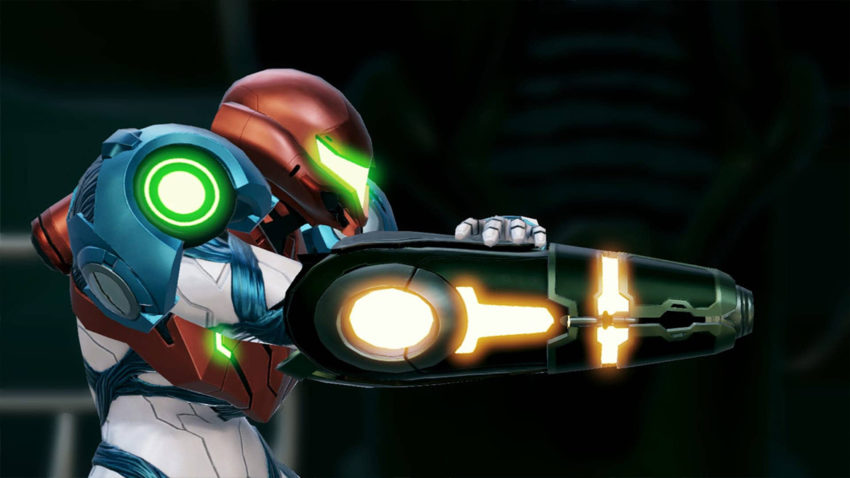
The perfect example of this is the E.M.M.I robots that hunt you through the game’s various zones. If an E.M.M.I gets its cold, metallic claws on you then you have a tiny window to try and escape. If you fail, you will momentarily fail the game, but in reality, you are just placed back at the start of the encounter.
The E.M.M.I’s also act as wonderful enemies, something to both fear and attempt to emulate. When I first started playing Dread, it struck me how beautifully and smoothly they moved through the environment. It was evident that to succeed, a degree of emulation would be required. The game never tells you this. It is just inferred. This is the E.M.M.Is’ home. They have been designed and built to prosper here while you are the interloper. To defeat them, you must exceed their ability to traverse the game’s environments.
Technical Excellence
While much of Metroid Dread will feel familiar, from the exploration, discovery, and a slow gathering of Samus’s power, Metroid Dread also takes full advantage of the Switch, pushing the hardware in all the right ways to elevate the title to “must buy” status.
Make no mistake, Metroid Dread looks absolutely beautiful, especially on the new Switch OLED model, but it also runs like a dream. Dread will sit at a steady 60 FPS for that vast majority of your time with it. In our experience, any interruptions to that 60 FPS delivery were both minor and short.
Things get more interesting because the camera can zoom in and out, thanks to Dread running at resolutions of up to 1600×900 in docked mode. This allows for a degree of cinematic manipulation. The camera can pull out when the developer wants to convey a sense of isolation and push in when the developer wants the player to feel tense or claustrophobic.
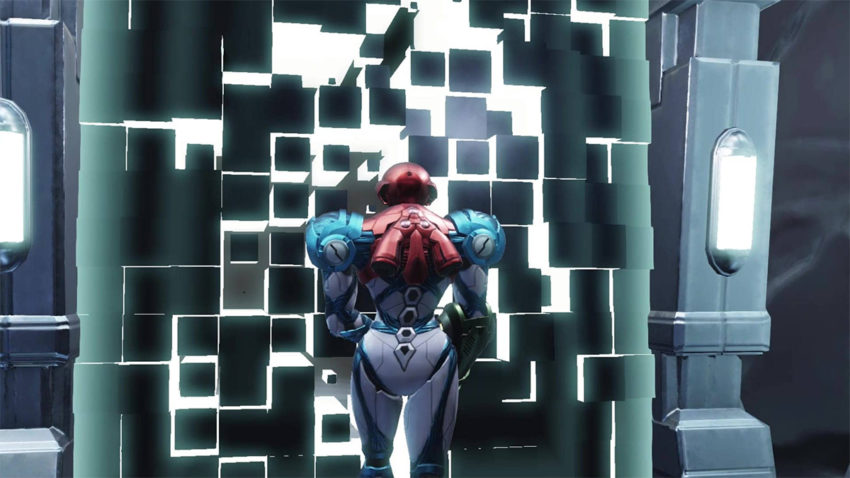
This combines with the game’s fantastic environmental design, lighting, and animations to really add the level of polish that players expect from the very best teams of developers. Dread is, without a doubt, the best game that MercurySteam has ever made, and a large part of that is because the team was able to make some very clever design choices.
Movement through Dread’s environments can be frantic and fast, combining complex movement and animations with an assortment of combat choices. Despite this, the attention to detail in these environments is high, and it just gets higher when the game expects you to slow down. Certain areas employ reflections when you are traveling slow enough to appreciate them, but they are not required in all areas. It is decisions like this that help the game to maintain its high FPS rate.
The depth of detail in the animations is stunning. Samus feels like a living, breathing character thanks to the way all her animations tie together and seem custom-built for tiny variances. From standing near walls to mantling objects, she never seems awkward or like she doesn’t belong in her environment.
The Verdict
Metroid Dread needed to be a great game. We have explored why, but it mostly boils down to the series as a whole deserving it. Thankfully, Metroid Dread is a great game. There are definitely titles that Nintendo Switch owners really should own if they want to experience the best games on the platform, and Metroid Dread should rank among them.
As a title, it possesses few flaws. The most prominent of them is perhaps a lack of variety between some regions of the game. A little bit more environmental variety would have helped with navigation from memory, although the robust map system certainly helps on that front.
Metroid Dread manages to do incredibly well by marrying moments of action with extreme tension and doing so from the flow of organic gameplay instead of using tools such as cutscenes and dialogue. In Metroid Dread, language is a kinetic thing. Samus Aran’s body is a moving sentence, and her weapons and abilities are punctuation. How you interact with the world you move through is how you tell your story. This is how the very best games in the series have always been and are true of all the best examples of the Metroidvania genre.
In many ways, that genre that Metroid helped to spawn has grown beyond the limitations of those early years and has become something much greater than the foundational games that initially formed it. Metroid Dread is a prime reminder that the basics, done well, highly polished, and approached with both intelligence and love for their origins, are a formidable combination to beat.
Final Score:
9.5 / 10
| + | Polishes classic mechanics to a high shine |
| + | Movement mechanics and animations are silky smooth |
| + | The 2.5D graphics look beautiful and are turned up at just the right times |
| + | Takes full advantage of the Switch to run at 60 FPS and it leads to a great experience |
This article includes affiliate links, which may provide small compensation to Gamepur.

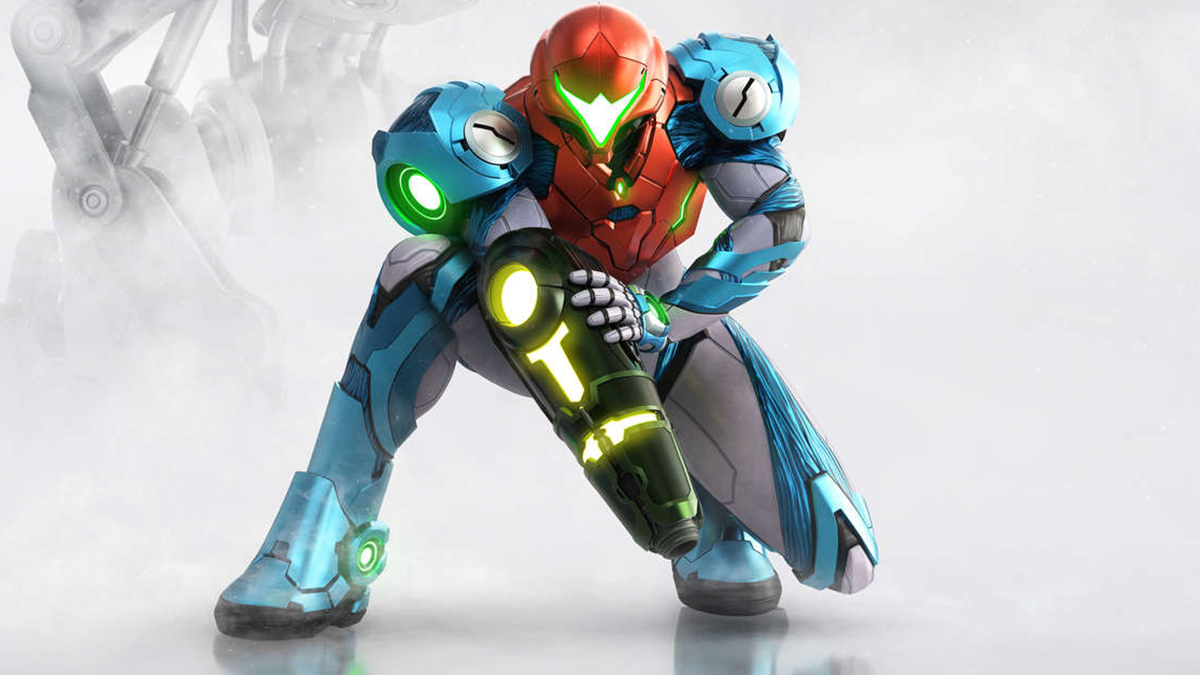

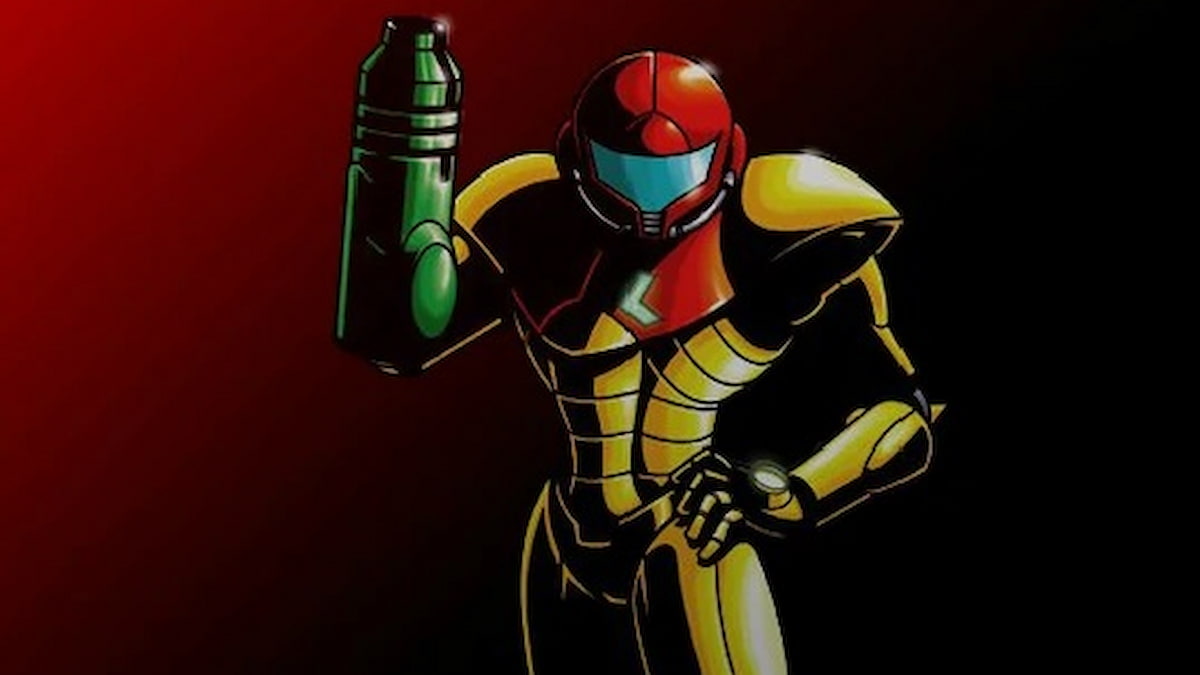
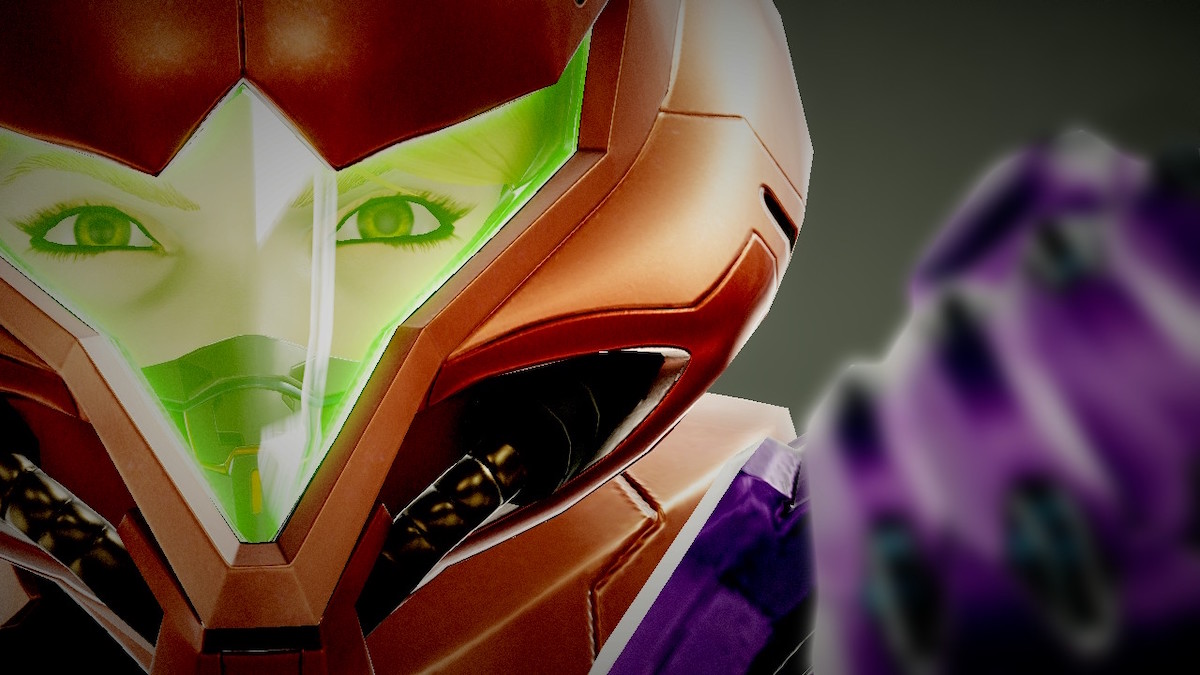
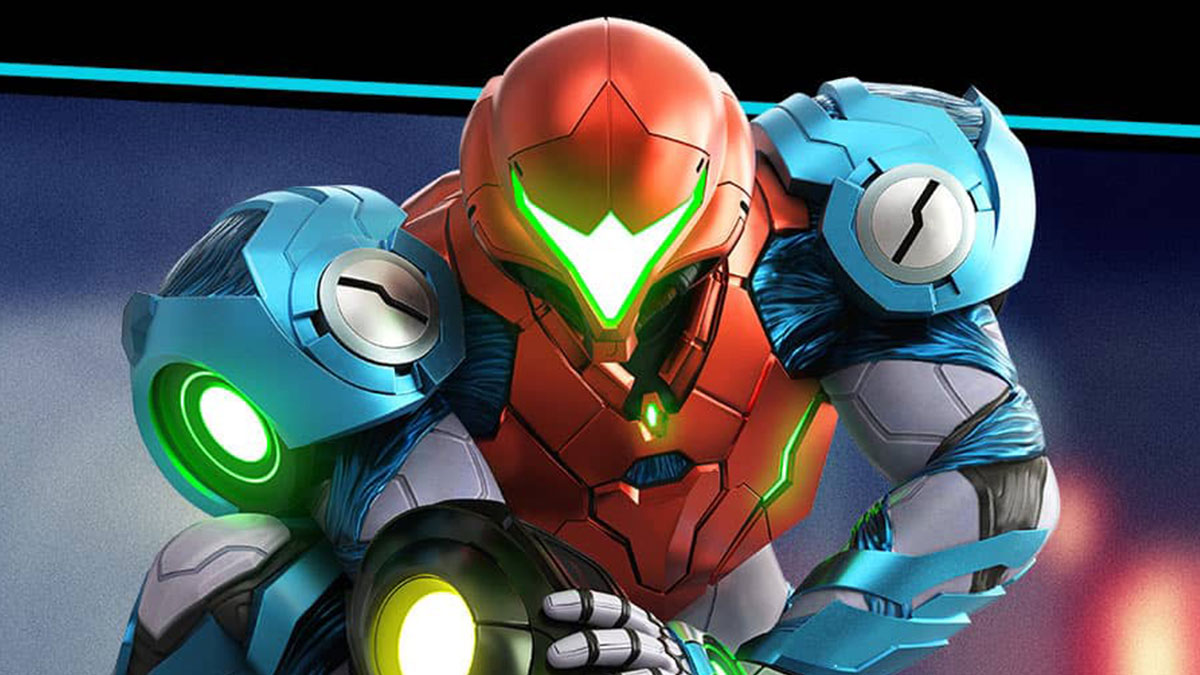
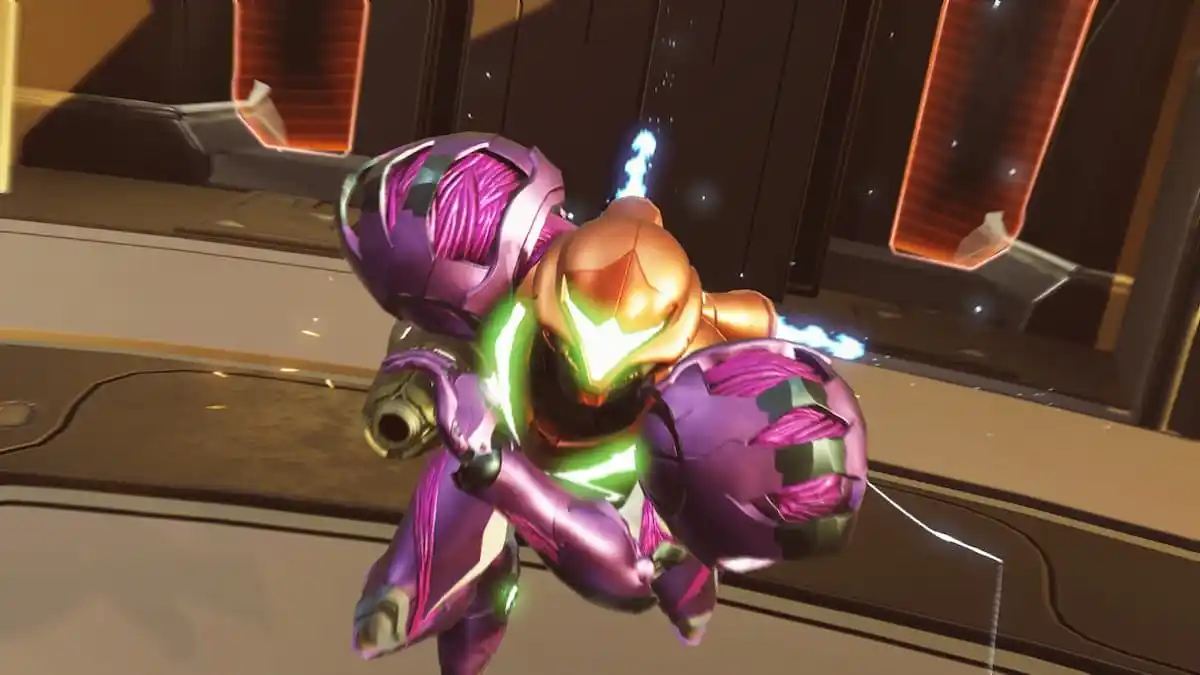
Published: Oct 11, 2021 07:15 am